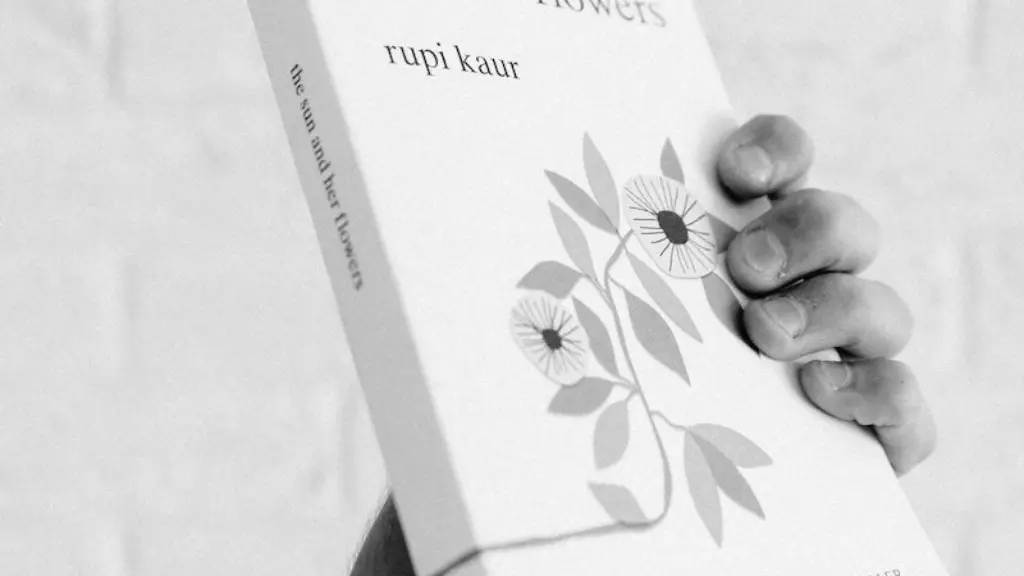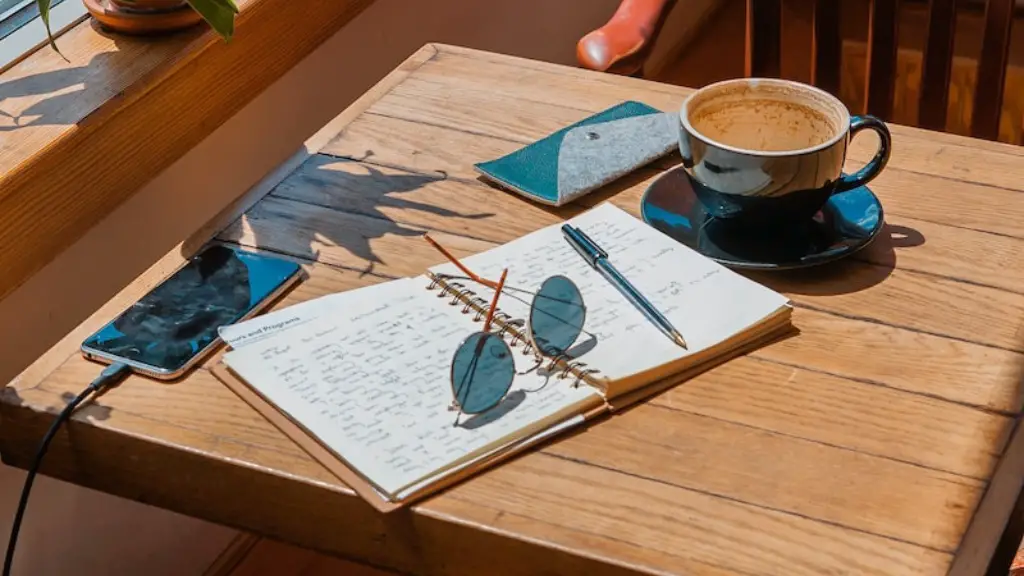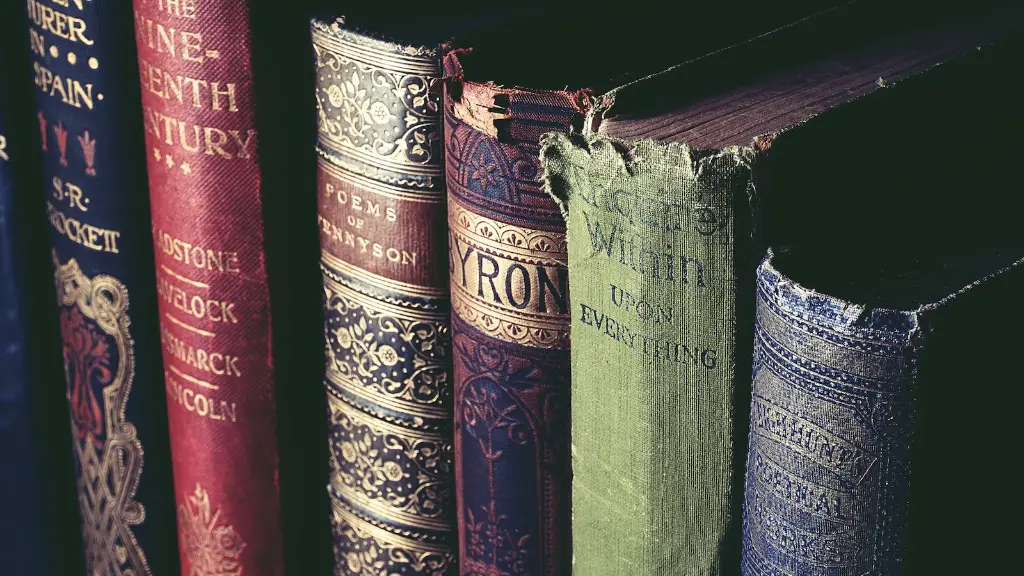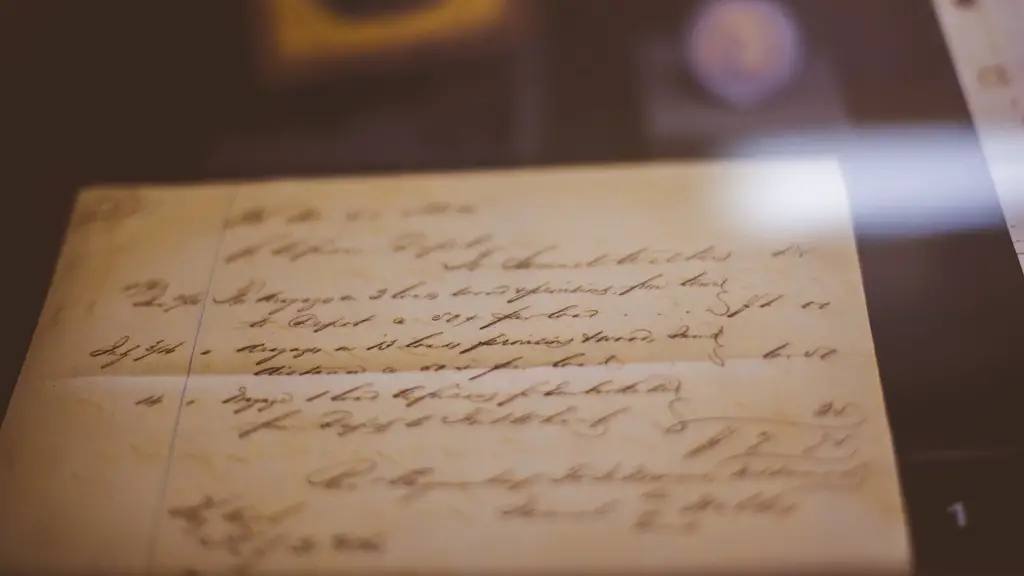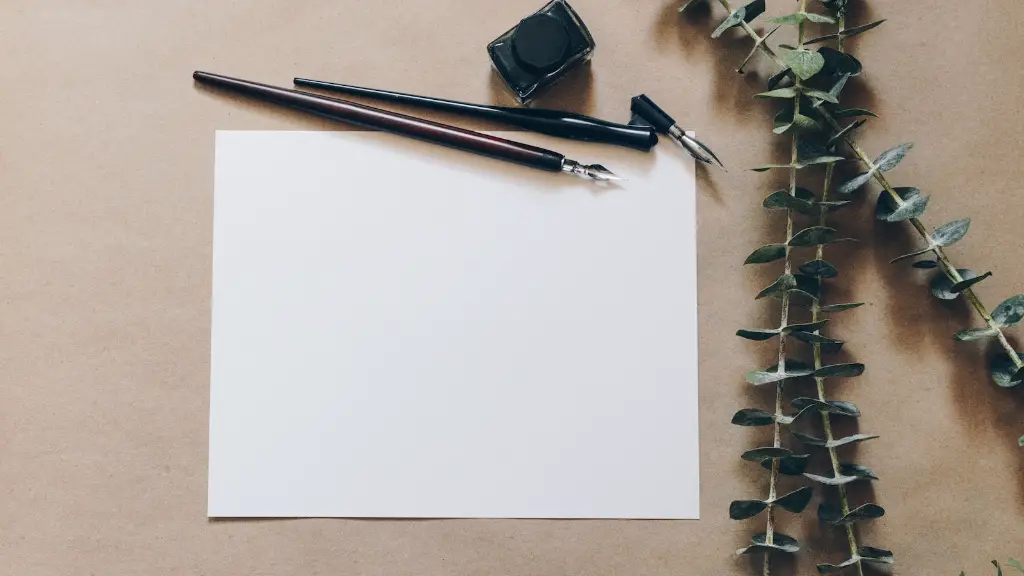Metrical Analysis of Poetry
What does a meter mean in poetry? Meter is the element of poetry that provides structure, rhythm and cadence. It is the pattern of rhythmic beats in a poem, which is created through varying the emphasis, or stress, on certain syllables. Metrical analysis is the process of assigning an accurate description to the rhythm of a poem. It allows writers to craft different types of poems, and identify and explain any irregularities in the meter. When analysing meter, it is important to consider the duration and pitch of syllables, as well as the rhythm and sound elements of a poem.
The most common meter used in English poetry is iambic pentameter, in which each line consists of ten syllables with the stress falling on the odd-numbered syllables. Many of the major works of poetry from the Middle Ages and Renaissance are written in iambic pentameter, including Shakespeare’s sonnets and Milton’s Paradise Lost. Whether in iambic meter or other forms, the importance of meter in poetry should not be underestimated. A poem’s meter gives shape to its overall content and themes. It has the capacity to create atmosphere, convey moods and rhythms, or allow the poet to indulge in personal reflection.
Metrical analysis can help determine the type of poem and style of writing used. The basic unit of meter is the foot (short for metrical foot), which refers to a syllable or group of syllables structured with a certain rhythmic pattern. Different types of feet create different types of meters. For example, a trochaic foot comprises two syllables, with the stress on the first syllable, while a dactylic foot is comprised of three syllables, with the stress on the first one.
Poets have used different types of meters throughout the centuries. Meter can be used to convey a certain mood or emotion, or to express the topic in a certain way. For instance, the sprightly and upbeat meter of an iambic pentameter is often used for banter or lighthearted banter between characters; dactylic hexameter is commonly used for writing epic or heroic poetry; and anapestic tetrameter is suitable for comic verse.
The use of meter in poetry is not limited to language alone. There are a number of musical elements that have been added to the base meter to create more complex rhythms. One of the oldest of these is called scansion, which is defined as the visual arrangement of lines of verse into feet, stresses, and syllables. This is a tool that can be used to understand the meter of a poem and analyze how different elements of a poem interact.
Understanding the meter of a poem opens up a whole new world of possibilities for interpretation and analysis. It can help to identify themes and motifs within the poem, and give the reader a better understanding of the poem’s author. Metrical analysis is also an important tool in the creation of new poems, as it allows the author to experiment with different rhythms and sounds in an attempt to create a unique and powerful piece of poetry.
History of Meter in Poetry
Meter in poetry was developed as early as the sixth century BCE, when Greek poets such as Sappho and Archilochus used the meter of their native language to convey stories, emotions and ideas. By combining music with the lyrics, they were able to create a captivating effect that was unparalleled in their age. During the Roman Empire, meter was used as a tool of propaganda and entertainment. It was later adopted by the English language, and it became a staple of Renaissance poetry and drama. Since then, meter has been a major part of English language poetry.
Meter has also been used to great effect in the works of some of the greatest poets in history. William Shakespeare’s works often employed unusual or altered meters that created a sense of dissonance and surprise, establishing a powerful emotional response from his readers. His use of iambic pentameter often carried a sense of urgency or drama, such as in the famous soliloquy of Hamlet, beginning “To be or not to be…” Similarly, John Donne and his metaphysical poets used meter to convey passionate, dramatic arguments, often through jarring shifts and unexpected variations.
William Wordsworth, a master of Romantic period poetry, was an important figure in the history of meter. His experimental use of meter opened up new possibilities in English language poetry and showed how metrical patterns could be used to achieve a specific effect. He wrote many of his poems in iambic tetrameter, but he also employed other meters, such as anapestic and dactylic, to give his works unique rhythms and sounds.
Contemporary Examples of Meter in Poetry
The use of meter in poetry is not limited to the past. Contemporary poets have also been utilizing meter to craft powerful works. For example, poet and Hip Hop artist Saul Williams has used meter to create a striking effect in his work. His spoken-word poem “She Sings” is written in anapestic meter, which gives it a brisk, lively character. Similarly, poet Richard Siken has used a mixture of anapest, iamb, and trochee meters in his works, creating powerful, moving imagery that lingers in the reader’s mind long after it is read.
Finally, contemporary poets are also experimenting with meter in ways that stretch the boundaries of traditional forms. For example, Canadian poet Ayaan Hirsi Ali has written a number of poems that combine meter with linguistic experimentation, creating unexpected and fascinating effects. Her poem “The Birches” alternates between anapestic trimeter and iambic pentameter to create a unique blend of musicality and linguistic playfulness.
Exploring Meter in Your Own Writing
Understanding the elements of metrical analysis can be beneficial to any writer, allowing one to gain a deeper understanding of what a poem is really saying. There are a variety of ways to explore meter in your own writing, from studying the works of the great poets of the past to experimenting with different types of meters. Once you have a grasp of the basics of meter, you can begin experimenting with your own work, exploring new meters and discovering how the rhythms of your poem can add to the overall meaning.
In addition to exploring meter in your own poems, you can also learn from others by studying the works of contemporary poets. Reading their works carefully and paying attention to their use of meter can help you understand how other writers are able to craft such powerful and intimate works. Finally, it is also important to remember that there are no hard and fast rules when it comes to meter. As with most forms of art, the best approach is to experiment, to explore the possibilities, and to find your own unique rhythm.
Blending Meter and Language
In recent years, poets have explored ways of combining meter and language to create unexpected and captivating works. For instance, poet Eileen Myles experiments with a blend of colloquial language, iambic and anapestic meter, and unconventional punctuation to produce a lyrical and poetic effect. Similarly, poet and novelist Clifton Goggins uses meter as an integral part of his writing, incorporating a variety of meters such as iambic pentameter, dactylic, and spondees to create a unique musicality and rhythmic intensity in his work.
In addition to experimenting with meter, poets are also exploring the relationship between language and sound. By combining meter and language, poets can create complex and dynamic patterns that evoke a range of emotions. Poets such as John Ashbery have used these techniques to create technically-intricate yet accessible poems, while others such as W.S. Merwin use meter coupled with metaphor to create a vivid and powerful atmosphere. In both cases, the combination of meter and language highlights the importance of rhythm and sound in poetry.
Meter in Popular Music
The use of meter is not just limited to classical or poetic forms of writing. In recent years, meter has been used to great effect in popular music, from rap and hip-hop to jazz and rock. Musicians such as Kanye West, Kendrick Lamar, and A Tribe Called Quest have employed meter to create some of the most iconic and memorable tracks in modern music. Similarly, jazz musicians such as John Coltrane, Miles Davis, and Thelonious Monk have used meter to create complex yet accessible music that speaks to generations of music lovers.
In both popular and classical forms, meter is an integral element of music and poetry. Whether used to create catchy lyrics, powerful speeches, or fanciful story-telling, meter provides essential structure and shape to any piece of writing. So, next time you find yourself reading or writing a poem, take a moment to consider the meter of the work: how the stress and pitch of each syllable combine to create a unique rhythm and sound that can add an extra layer of beauty and meaning to any poem.
